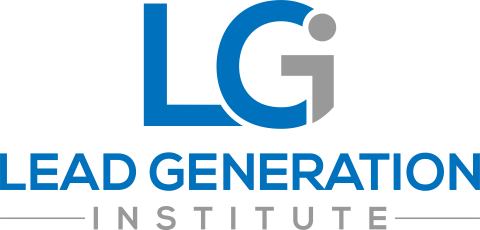In today’s business environment, it seems that almost everyone agrees on what public relations (PR) means and what it does. Yet, if we go just below the surface, we come to realize that there’s quite a lot of confusion when it comes to understanding the term and its functionality.
Even if many organizations understand that PR is an excellent way of building their marketing approach and boosting their online reputation, very few actually know what it involves. It’s actually for this reason why only a handful of companies invest in their personal relations.
To help put the record straight, we need to look at what the Public Relations Society of America (PRSA) has to say about it. Their official definition of PR is as follows: “Public relations is a strategic communication process that builds mutually beneficial relationships between organizations and their publics.” It’s important to keep in mind that they’ve conducted one year’s worth of research and a public vote before settling on this modern interpretation of PR.
Public Relations as a Management Function
When we boil it down, PR is all about influencing, engaging, and building relationships with key stakeholders to shape the public’s perception of a given organization. When looking at PR from a management function point-of-view, it revolves around anticipating, analyzing, and interpreting public opinion, good or bad, that might impact the plans and operations of the company.
It provides counseling management at all levels of the organization concerning policy decisions, communications, and course of action, all the while keeping in mind all the public ramifications and the company’s social responsibilities.
Public relations also involve a lot of research in terms of programs of action and communication to achieve the required public understanding of what the organization aims to achieve. Among these, we can have things such as financial, marketing, fundraising, as well as employee, community, or government relations, among other such programs.
Also, PR will be responsible for setting objectives, budgets, staff training, and managing all the resources needed to achieve everything mentioned above. Finally, PR will have to plan and implement all of the company’s efforts when it comes to changing or influencing public policy and perception.
So, unlike what most people believe, public relations is not about selling adverts, creating commercial jingles, or sharing flyers to passersby. Put simply, PR is about protecting the reputation of the organization by overseeing the content creation, which will drive customer engagement and lead generation efforts.
PR is about managing the company’s reputation, promoting the brand’s values, strengthening its community relations, uncovering opportunities, and enhancing its online presence.
Common Public Relations Instruments
That said, what are the tools that help PR achieve its purpose? Among the most common, we can include things like:
- Networking – Forming and maintaining meaningful relationships sits at the foundation of a good PR campaign.
- Strategizing – PR professionals shouldn’t only be looking into ways to promote good news but should also be prepared to face any potential crises if and when they appear. As such, they need to create a PR plan and crisis communication strategy that will ensure the company is never caught off guard.
- Researching – Ongoing and continuous market research on the brand and its messaging will go a long way in understanding where the public stands in terms of the brand. It will show what works and what needs improvement. Also, PR research may involve looking into industry-specific areas that no one else has tackled yet. This information will inevitably establish the brand as a thought leader and will increase its credibility.
- Content Creation – Creating digital content for both internal and external sources is an excellent way of getting the word out and something that falls well within the functions of PR. Submitting blog posts, op-eds, or showcasing case studies of the company’s website are examples of how to reach the public directly.
- Utilizing Social Media – Though a relatively new form of PR, social media is a great channel for PR to communicate the brand’s story directly to the public. Sharing news, updates, behind-the-scenes, etc. on social channels, as well as replying and managing negative comments, will help boost the brand’s reputation and visibility.
- Press Releases – As among the most powerful tools in PR’s arsenal, press releases are designed to gain exposure around a significant, newsworthy announcement such as an upcoming event or a new product or service, for instance. Press releases are usually electronically posted to wire services from where the press has access to run with it and generate exposure.
- Events – Hosting and attending various special events will help generate buzz about the organization and help improve its reputation and credibility, among other benefits. The more the media becomes involved, the better.
Though not exhaustive, this list shows just how vital PR is for a brand and its credibility. If you want to learn more, feel free to contact us or subscribe to our newsletter.




